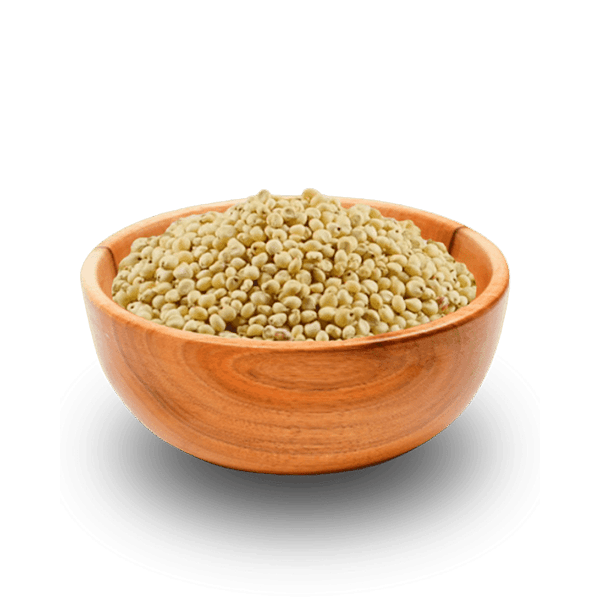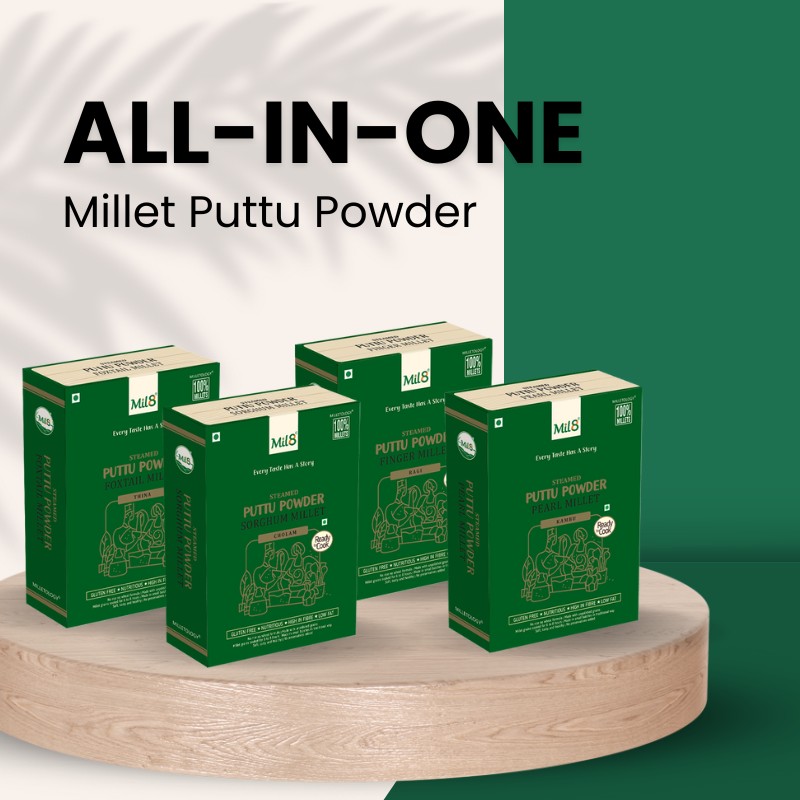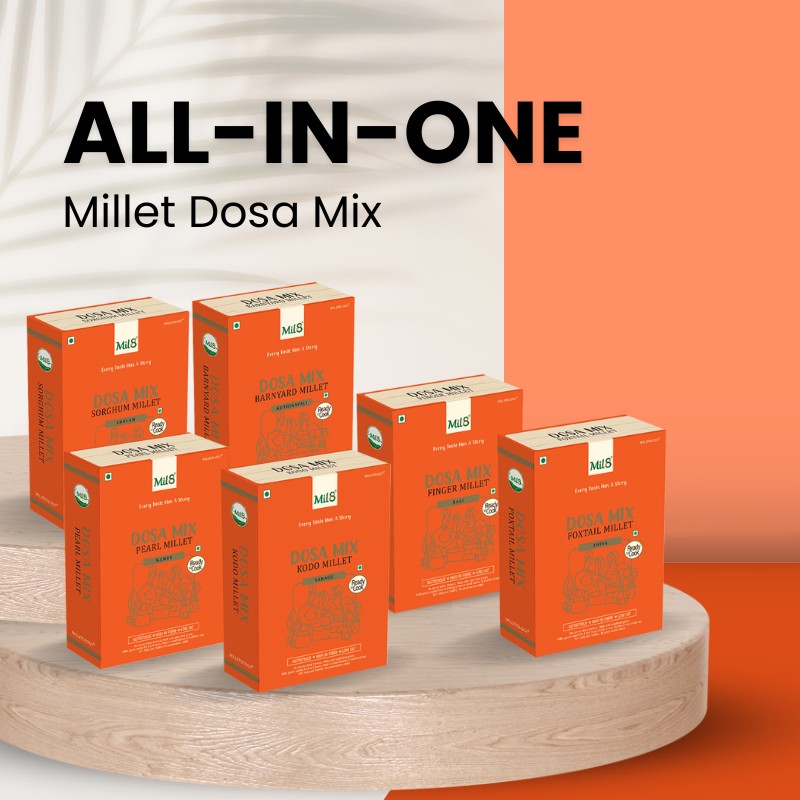Sorghum Millet | Cholam
Sorghum and millet are both ancient grains that have been cultivated for thousands of years and are staples in many parts of the world, particularly in Africa and Asia. Here's a brief overview of each:
-
Sorghum: Sorghum, also known as jowar, is a cereal grain that belongs to the grass family Poaceae. It's widely cultivated in warm climates and is especially important in parts of Africa, Asia, and Central America. Sorghum is highly versatile and can be used for various purposes, including human consumption (as flour, whole grain, or syrup), animal feed, and even in the production of biofuels. It's gluten-free and rich in nutrients like fiber, protein, and antioxidants.
-
Millet: Millet refers to a group of small-seeded grains that belong to the Poaceae family. There are several types of millet, including pearl millet, finger millet, foxtail millet, and proso millet. Millets are traditionally grown in semi-arid regions of Africa and Asia and are known for their resilience to drought and harsh conditions. Like sorghum, millet is gluten-free and nutritionally rich, offering a good source of protein, fiber, vitamins, and minerals. Millet is commonly consumed as a whole grain, ground into flour for various culinary purposes, or used as fodder for animals.
Millet Grains, Sorghum Millet
Sorghum Millet
- Calories: Around 250-300 calories per serving
- Carbohydrates: Approximately 45-50 grams
- Protein: About 5-7 grams
- Fat: Roughly 7-10 grams
- Fiber: Around 5-7 grams
- Vitamins and Minerals: The salad is rich in various vitamins and minerals, including vitamin C, vitamin A, vitamin K, folate, potassium, magnesium, and iron, thanks to the diverse mix of vegetables and whole grains.
-
As a Whole Grain Side Dish: Cook sorghum or millet as you would rice or quinoa, and serve it as a nutritious side dish alongside your main course. You can season it with herbs, spices, or a drizzle of olive oil for added flavor.
-
In Salads: Incorporate cooked sorghum or millet into salads to add texture and nutrition. Combine them with a variety of fresh vegetables, leafy greens, and a flavorful dressing for a satisfying meal.
-
In Soups and Stews: Add cooked sorghum or millet to soups, stews, and chilis to enhance their texture and make them more filling. They can provide a hearty base while also absorbing the flavors of the dish.
-
In Breakfast Dishes: Use sorghum or millet as an alternative to oats in breakfast porridge or muesli. Cook them with milk or water and top with fruits, nuts, seeds, and a drizzle of honey or maple syrup for a nourishing breakfast option.
-
In Baked Goods: Ground sorghum or millet flour can be used in gluten-free baking to make bread, muffins, pancakes, and other baked goods. They add a nutty flavor and a nutritious boost to your recipes.
-
In Pilafs and Grain Bowls: Prepare flavorful pilafs or grain bowls by combining cooked sorghum or millet with sautéed vegetables, herbs, and spices. You can also add protein sources like beans, tofu, or grilled chicken for a complete meal.
-
In Veggie Burgers or Patties: Use cooked sorghum or millet as a binder in homemade veggie burgers or patties. Combine them with mashed beans, vegetables, breadcrumbs, and spices, then shape into patties and cook until golden brown.
-
In Stir-Fries: Add cooked sorghum or millet to stir-fries for a nutritious twist. They add texture and substance to the dish while soaking up the flavors of the sauce and other ingredients.



















